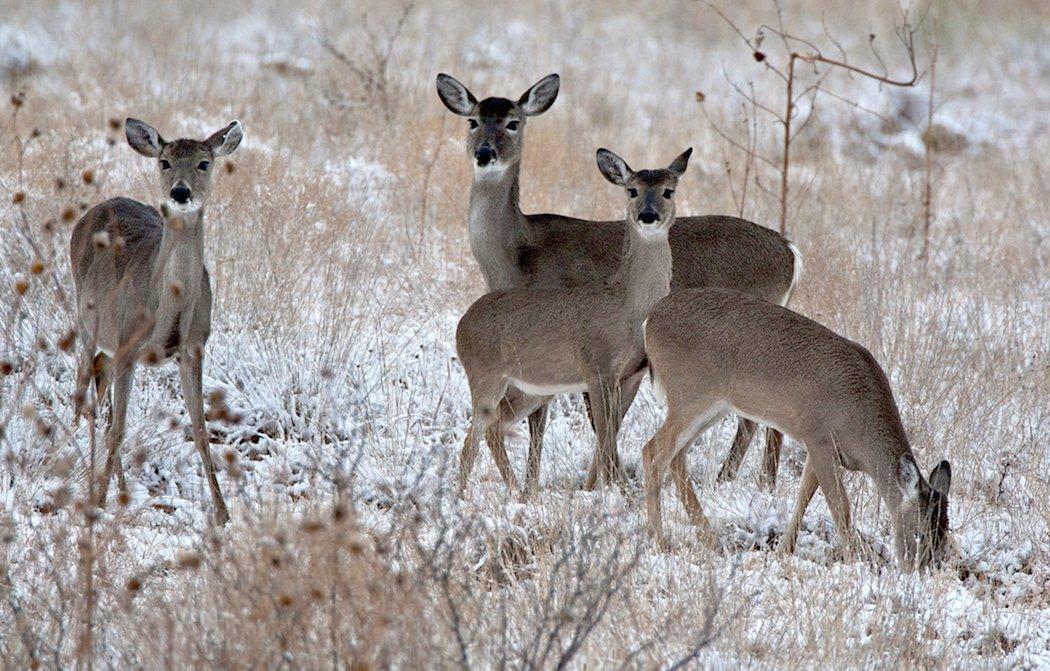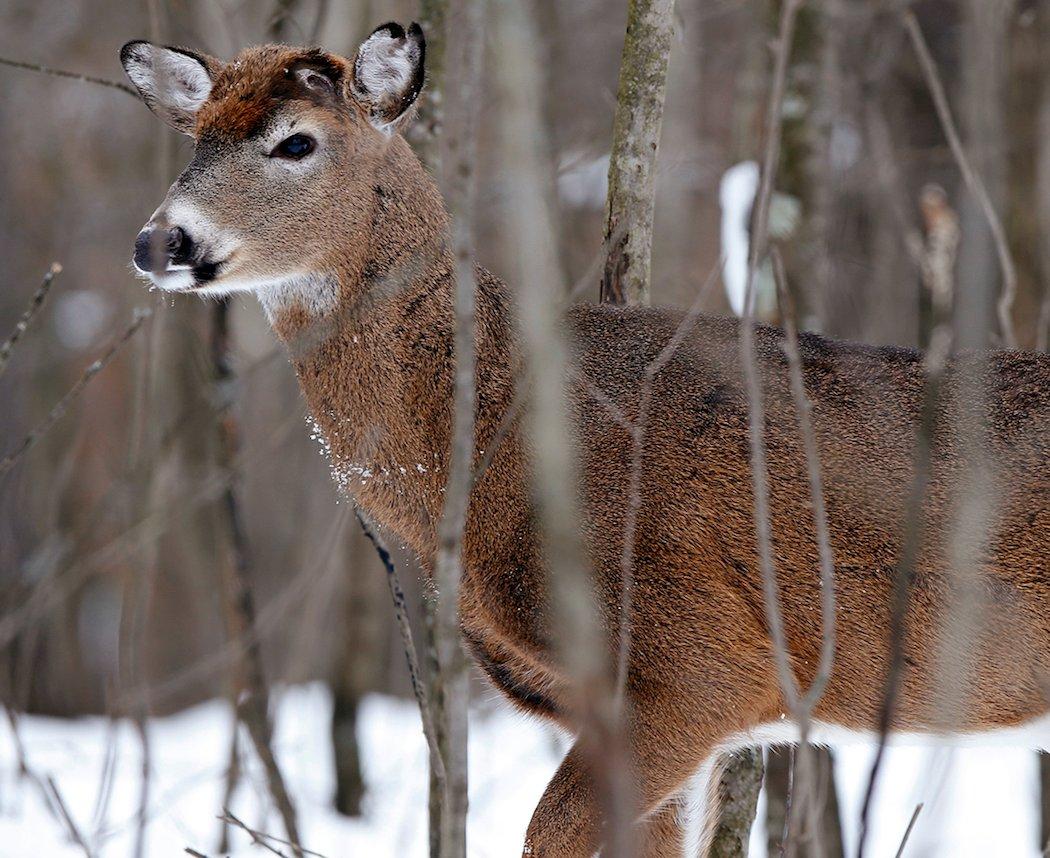Bucks Are Dropping Their Antlers. Don't Drop Your Guard.
It's that time of year again. Taxes are on the horizon. Oh, and probably the most saddening of all: Bucks are shedding their antlers. Yep. You heard that right. Bucks are shedding. In fact, they have been doing so since mid-December. Think I'm kidding? Hunters—and friends that I know and respect—have been seeing crownless kings for almost a month now.
Want to hear something crazy? The only antlered deer I still have on camera in Kentucky are yearlings and 2-year-old deer. All the big boys have thrown down the crown.
So what's been the cause? It can't be blamed on cold weather. We haven't had any. It can't be blamed on a butt-busting rut. At least, I didn't see it if there was one. And it's hard to make a case on malnutrition. The places I hunt—and my friends hunt—have adequate food sources available, even with the mast crop failure.
So, again I ask, what is the cause? Honestly, I don't know. It's an odd occurrence, especially when most deer in my area shed between the end of January and the end of March. I wish I had the answer for you. I know many of you have been asking the same one I have been.

Talk about a sick feeling. Let's try to avoid it. Here are some tips on identifying bucks that have lost their manhood.
LOOK TO THE PEDICLE
Bucks that just shed are easy to identify. The pedicle will look bloody and raw. That doesn't last long, though. It scabs over quickly. Use binoculars to observe the deer's head before launching a bullet or slinging an arrow downrange.
WEIGH WITH YOUR EYES
Bucks have lost a lot of weight, but they still look like bucks. Look them over carefully. Compare their body size to other deer. If it looks like a record-sized doe, it probably isn't one.
CHECK THE TARSAL GLANDS
Bucks, does, and fawns use their tarsal glands. But bucks—mature bucks—use them the most. That's why, in most cases, older bucks' glands are stained darker. The stained area is usually larger, too.
STUDY THEIR BEHAVIOR
Bucks and does don't act the same. It's hard to explain. But just like men and women, bucks and does carry themselves differently. They have slightly different mannerisms. The best way to learn their differences is to watch and compare videos of both.
THE COMPANY THEY KEEP
Most does are running with several other does this late in the season. Most bucks will still be alone. Keep that in mind. If a deer looks too big to be a doe, and it's alone—it could be a buck.
GO TO THE SOURCE
There's only one definite way to tell if it's a buck or doe. Pull out those binos and look at the south end of that deer. You won't always be able to tell that way. But sometimes you will.








